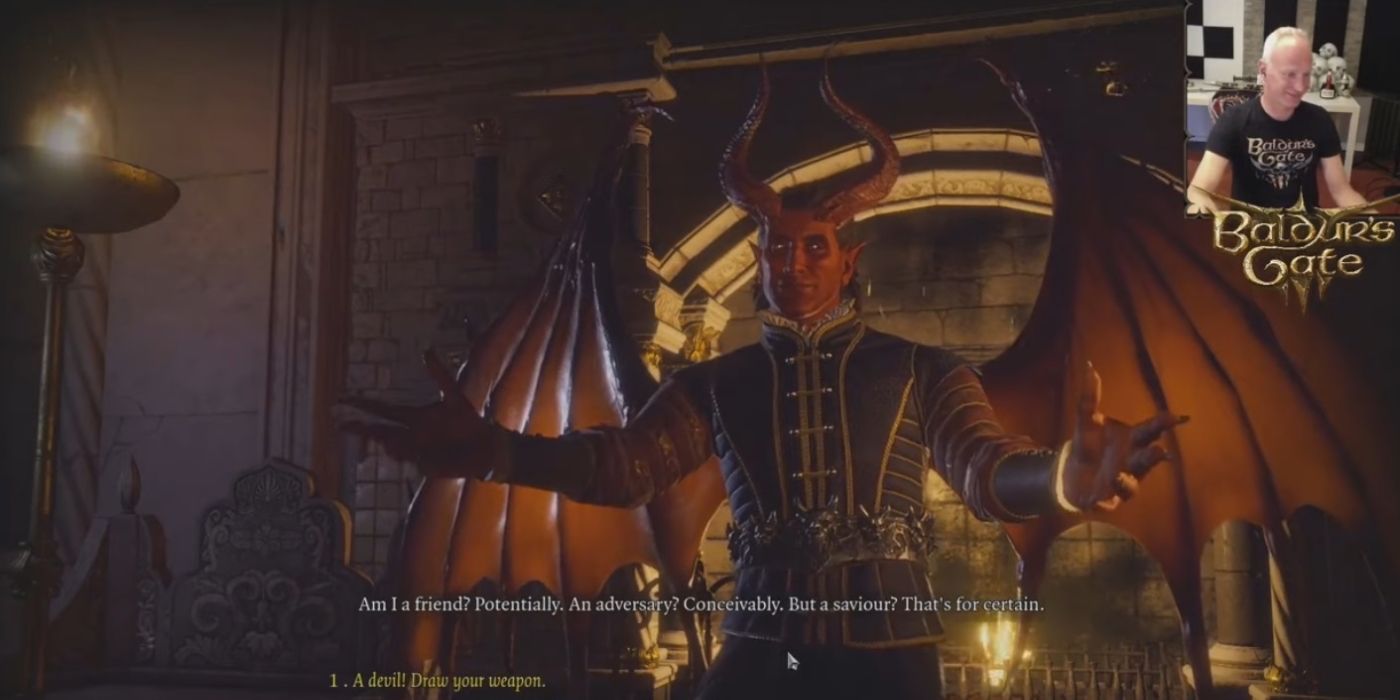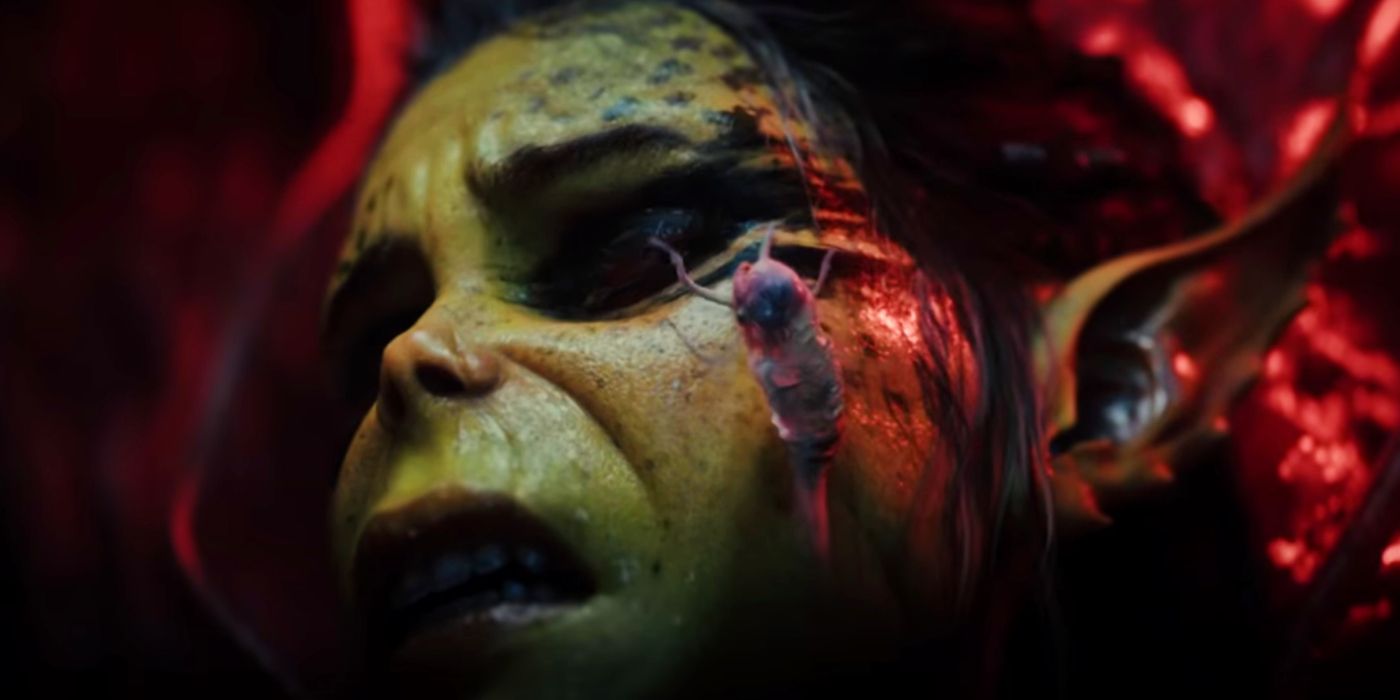There’s a lot to be excited about when it comes to Baldur’s Gate 3, the latest installment in the Baldur’s Gate RPG franchise. Baldur’s Gate’s gameplay cleverly replicates the idiosyncrasies of tabletop Dungeons & Dragons in a virtual environment, and its epic plot highlights psionic antagonists like the Mind Flayers and the Githyanki while hinting at the future importance of fiendish devils and other villains from classic D&D.
The first two Baldur’s Gate games took place in the Forgotten Realms setting of Dungeons & Dragons, focusing on the exploits of a large cast of D&D fantasy heroes, the most famous being the scatterbrained ranger Minsc and his pet hamster Boo. The main player-customized hero discovers their heritage as a descendant of Bhaal, an ancient, deceased god of murder, and comes into conflict with villains who want them to embrace their legacy. The gameplay of Baldur’s Gate I and II revolves around real-time combat with a pause function for giving party members tactical orders, a control style that would be replicated in successor titles like Dragon Age, Pillars of Eternity, and Torment: Tides of Numenera.
When Larian Studios started work on Baldur’s Gate III, they implemented a turn-based combat system modeled after their Divinity: Original Sin games. This diverged from the gameplay of previous Baldur’s Gate titles, but let the developers recreate the tabletop rules of 5th Edition Dungeons & Dragons in new, clever ways (for instance: killing an enemy by throwing a spare boot at them). The plot of Baldur’s Gate III also diverges completely from the Bhaal-focused plot of its predecessors… or at least, it seems to at first glance.
Baldur’s Gate 3’s Devil Plot Twist Theory

As shown in the opening cutscene for Baldur’s Gate 3, the main party characters are fugitives from the Mind Flayers, tendril-faced aliens with psychic powers and a penchant for devouring the brains of other sentient creatures. Each of them is infected by a parasitic Mind-Flayer tadpole, which will eventually consume their minds and transform their bodies into new Mind Flayers (as shown, gruesomely, in the premier trailer for Baldur’s Gate 3). The goal of the protagonists seems clear: venture into the caverns of the Underdark, find a way to remove the tadpoles, and defeat the Mind Flayers.
Then, halfway through a livestream hosted by Larian Studios and posted to YouTube by IGN, the players character encounters Raphael, a well-dressed Fiend who offers to cure their affliction in exchange for the low, low price of their soul. The sinister charisma of this devil suggests that the forces of Hell will be major antagonists in the yet-unrevealed plot of Baldur’s Gate 3, villains as important, if not more so, than the eldritch Mind Flayers. Raphael seems strangely eager (even by devil standards) to claim the souls of the party characters, as if their particular souls are more precious than most.
Baldur’s Gate 3 Players (& Tadpoles) May Not Be Normal

At intervals throughout the livestream, Swen Vincke, founder of Larian Studios, demonstrated a series of “Tadpole Powers,” which are dialogue options in Baldur’s Gate 3 that lets player characters read minds and easily dominate the wills of others, at the price of letting the Tadpole gain more influence over said character. Each time an option like this is chosen, the character proclaims they are a “True Soul,” a term echoed by local goblins in reference to a strange figure they seem to be following and/or worshiping.
Another wrinkle: in tabletop D&D, the larval tadpoles of the Mind-Flayers are supposed to devour the brains of their victims in a matter of hours, rather than the time-frame of weeks implied by the Baldur’s Gate 3 narrative. They certainly aren’t supposed to give people infected by them psychic powers. Did the Mind-Flayer in the opening cutscene infect the PCs with a special kind of Tadpole? Or do the souls/lineage of the main characters give them a unique resistance to these tadpoles? Perhaps the children of Bhaal aren’t as rare in number as Baldur’s Gate II implied.
There are a lot of curious implications to be drawn from this, but players will have to wait until they get their hands on Baldur’s Gate 3 themselves before the answers will reveal themselves.




